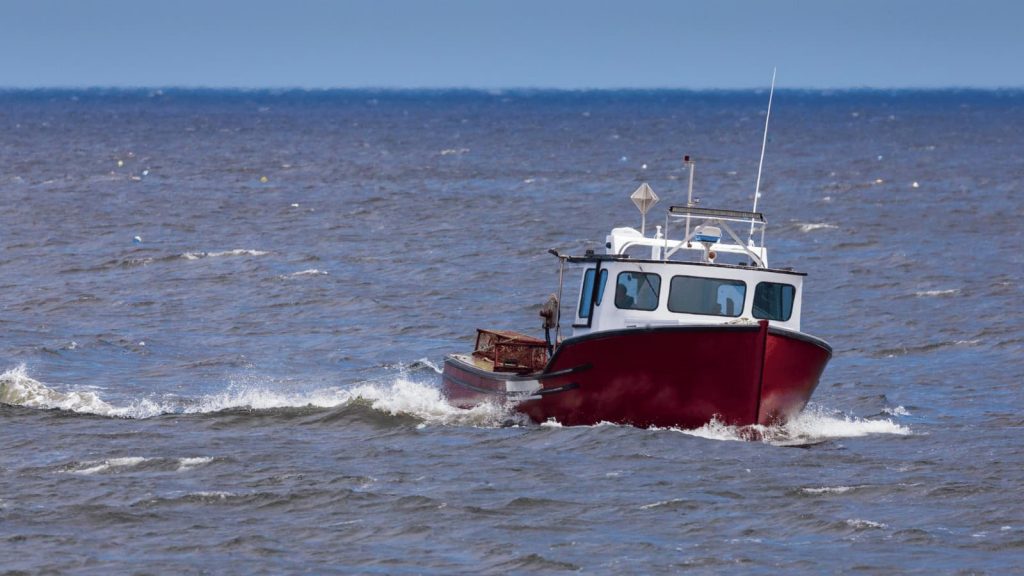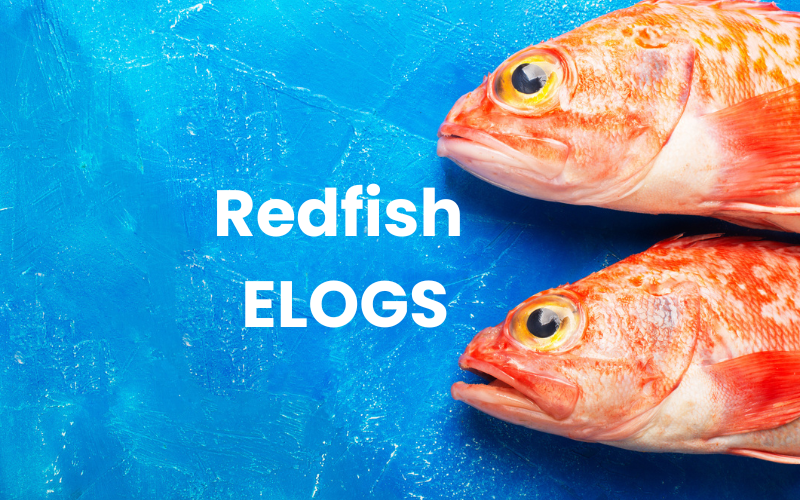The evolving importance of traceability standards in the seafood Industry.
We’re pleased to announce that we’re continuing to support the Global Dialogue on Seafood Traceability (GDST), now as a Partner. The GDST has recently introduced a new Completeness Tool that measures the completeness of supply chain data against the requirements of the GDST standards, which were updated to version 1.2 on June 30th of this year.
You can learn more about the Completeness Tool and the GDST’s updated standards on their website. According to Seafood Source, “One of the highlights of the new standard from a usability standpoint is a change in data format from XML to JSON-LD, which is more commonly used in the software development community. It also puts GDST in line with the GS1 EPCIS standard – the nonprofit standard organization that provides “the common language at the core” of GDST’s traceability standards.”

We partnered with the GDST because we believe interoperable traceability is critical to responsibly sourced, globally traded seafood. The GDST standards are also necessary for interoperable traceability implementation and hence reduce costs and time to implement.
In light of this new partnership and increased consumer interest in traceable seafood, we wanted to look at the overall benefits of traceability for businesses along the seafood supply chain.
Traceability and Consumer Awareness: Empowering Informed Choices
A recent Morning Consult poll for the Walton Family Foundation found that “four in five (83%) consumers say healthy oceans that provide seafood are important to them personally.”
While most seafood comes from increasingly well managed fisheries and aquaculture, it’s important for businesses and consumers to be able to verify the provenance of their seafood so that they can show support for fisheries that continue to fish responsibly. And in today’s conscious consumer landscape, where individuals increasingly consider the impact of their food choices, the demand for transparent and trustworthy information about the origin and journey of seafood has surged. Traceability empowers consumers to make informed decisions by providing access to crucial details such as origin, species, and production methods.
Integrating traceability into your seafood business instills brand loyalty and cultivates consumer trust. By providing transparent information about the origin and journey of seafood products, companies can differentiate themselves in the market and capitalize on the growing demand for sustainable and responsibly-sourced seafood.
Strengthening Sustainable Fisheries Management with Traceability
Our focus on traceability began when we started developing our KnowYour.Fish seafood traceability software which launched in 2019. KnowYour.Fish allows every participant along the supply chain to add data to verify seafood’s journey.
When the Canadian government made a boat to plate traceability commitment in conjunction with Fisheries Council Canada in 2021, we were part of the consultation process. This was a discovery process whereby the various agencies, including the Canadian Food Inspection Agency (CIFA), learned from stakeholders about the issues and how other countries’ systems were seen and performed.
We’ve always supported industry efforts to standardize and allow for interoperability in the seafood industry to speed the use of provenance information on seafood and help eliminate IUU and seafood fraud. Standardization can drive support for best fishing practices and help manage fisheries more sustainably, but the industry needs more adoption of the GDST standards among other stakeholders in the seafood industry to drive change.
Combating Seafood Fraud: The Crucial Role of Traceability
Here’s how seafood traceability software plays a crucial role in reducing illegal, unreported, and unregulated (IUU) fishing and combating seafood fraud:
- By tracking seafood from boat to plate, traceability adds transparency to the supply chain, making it harder for illegally caught or fraudulently labeled seafood to enter the market unnoticed.
- Traceability verifies the legality of seafood products, helping authorities ensure that fish was caught using legal methods and in compliance with fishing regulations and quotas. This helps deter illegal operators in the supply chain.
- Tracking the origin of seafood allows authorities to identify regions with a history of IUU and allocate resources for surveillance and enforcement efforts in these areas, helping combat IUU.
- Implementing traceability systems requires collaboration among various stakeholders, including governments, seafood companies, and non-governmental organizations (NGOs). By sharing traceability data and working together, they can help enforce regulations, identify loopholes, and implement stronger measures against IUU fishing and seafood fraud.
The Benefits of Implementing Seafood Traceability for Your Business
Traceability benefits the seafood industry and provides numerous advantages for businesses across the supply chain, from processors to distributors to retailers. Here are some key advantages:
- Mitigating reputational risks associated with seafood fraud: Traceability enables businesses to track and document the entire journey of seafood products, ensuring quality and integrity throughout the supply chain. By identifying the origin and handling of seafood, companies can establish quality standards, mitigate risks, and maintain customer trust.
- Building brand loyalty and earning consumer trust: Consumers increasingly prioritize sustainability, safety, and ethics when choosing products. By providing transparent information about the origin and journey of seafood, businesses can build trust with consumers, differentiate themselves in the market, and capitalize on the growing demand for sustainable and responsibly sourced seafood.
- Decreasing wastage through enhanced inventory management: Traceability systems offer businesses greater visibility and control over their supply chains. By accurately tracking the movement of seafood products, companies can identify bottlenecks, streamline processes, and optimize inventory management, resulting in reduced waste, improved efficiency, and cost savings.
- Reducing business risks and costs associated with food recalls: Traceability systems enable businesses to identify and respond quickly to potential product issues or recalls. In the event of a food safety concern or contamination incident, companies can trace affected products back to their source and take necessary actions to protect consumers and their brand reputation. This proactive approach to risk management helps businesses minimize financial losses and maintain customer loyalty.
- Increasing margins and returns: As sustainability and traceability requirements become more prevalent, businesses implementing robust traceability systems can meet these demands and expand their reach into new markets. Additionally, traceability opens up opportunities for premium pricing and partnerships with sustainability-minded retailers and consumers who prioritize transparency and responsible sourcing.
Why Choose KnowYour.Fish?
Many new players have emerged in the seafood traceability software space in recent years; however, we’ve been specialists in fishing technology for over 15 years and bring that depth of expertise to all our products, including KnowYour.Fish.
KnowYour.Fish stands out because it’s:
- A low-cost addition to existing operational controls, with the ability to integrate data from existing sources or through an API.
- Designed to seamlessly connect with sustainability rankings and certifications, such as Seafood Watch, MSC, and Ocean Wise.
- Highly flexible, offering a phased approach and the ability to accommodate additional data as it becomes available.
- User-friendly, providing comprehensive support and training, including staff training, manuals, videos, and onboarding materials.
Seafood traceability is a critical aspect of the industry, addressing sustainability, legality, and food safety concerns. Partnering with the GDST will allow us to be a bigger part of effecting change and help traceability standards evolve.
Consumers can embrace this progress and continue supporting traceable seafood, ultimately positively impacting our oceans and the communities that depend on them.
And businesses can begin their traceability journey from wherever they are today, as starting tracing the boat to plate journey or your seafood is not an all-or-nothing proposition. The easiest way to start is with a “one up, one down” approach and then to expand traceability across the supply chain.
KnowYour.Fish: vericatch.com/products/knowyourfish/



